Sue White led a walk at Snelsmore Common on the afternoon of Sunday 4 September. While members were assembling, a Dock Bug was found on Redshank. It resembled a shield bug, but with prominent ‘shoulders’. The walk started out southwards through the woods, stopping soon to inspect a bracket fungus on a stump. The slot-shaped pores on the underside indicated that it was some form of Mazegill. The path opened up ahead, with a view across a shallow valley. Sue described the underlying geology of the area, with a deep layer of Chalk covered by the sands and clays of the Lambeth Beds and the London Clay. The shallow valley was on impermeable clay, and despite drought conditions following several months without significant rainfall, the mire in the valley bottom was still damp. Heading into the bog for a closer inspection of the plant life, the first find was Marsh Pennywort. Each distinctive round leaf is attached to its stalk at the centre of its lower surface. Yellow flowers of Tormentil were scattered through the turf, leaves of Marsh St John’s-wort were identified and there were clumps of Cross-leaved Heath. Deeper into the mire were patches of the orange seed-heads of Bog Asphodel and white fluffy Cottongrass. In amongst the sphagnum moss were Round-leaved Sundew plants. Devil’s-bit Scabious was growing towards the top of the mire on the far side of the valley and a Carder Bee was spotted nectaring on one of the flower heads. Also found here was a yellow slime mould at the base of a tuft of grass. The route then led steeply up onto the sandy ground above the valley and continued southwards for a while, before dropping back into the mire lower down the valley. Here the leaves of Bog Pimpernel were seen, as were the distinctive kidney-shaped leaves of Marsh Violet and the tiny pink paired flowers of Lesser Skullcap. At the edge of the mire, small bright red waxcap fungi were poking up above the sphagnum moss. A Bush Cricket and a Straw Dot moth were found amongst the vegetation. After a steep upward scramble, the next section of the walk followed the southern boundary of the Common, where there was a row of big old multi-stemmed Beech trees on an earth bank. Tracks led to the south-west side of the Common, where a large pond still held a significant amount of water, despite the lack of rain. Invasive New Zealand Pygmyweed showed up as a bright green band on the far shore, exposed by the falling water levels. A hawker dragonfly patrolled above it, but was too far away for positive identification. The track dropped steeply down into the next valley, with Bell Heather in flower near the top. In the valley bottom was another mire, which was also investigated. The red moss Sphagnum magellanicum, which is uncommon in Southern Britain, was found here. There were more Round-leaved Sundew plants and a number of them had tall flower spikes with tiny white flowers. Deep blue Heath Milkwort flowers were also found. There followed a steep scramble up the far side of the valley, disturbing a Common Lizard on the way. The top of the Common was covered by an extensive open area with flowering Heather. A dead Slow-worm was found at the side of the track. The final section of the route circled round the top of the Common and led back to the car park. An Oak tree near the end of the walk had an interesting collection of galls and leaf mines, including a green spherical gall on the underside of a leaf, caused by the tiny Cherry Gall wasp Cynips quercusfolii.
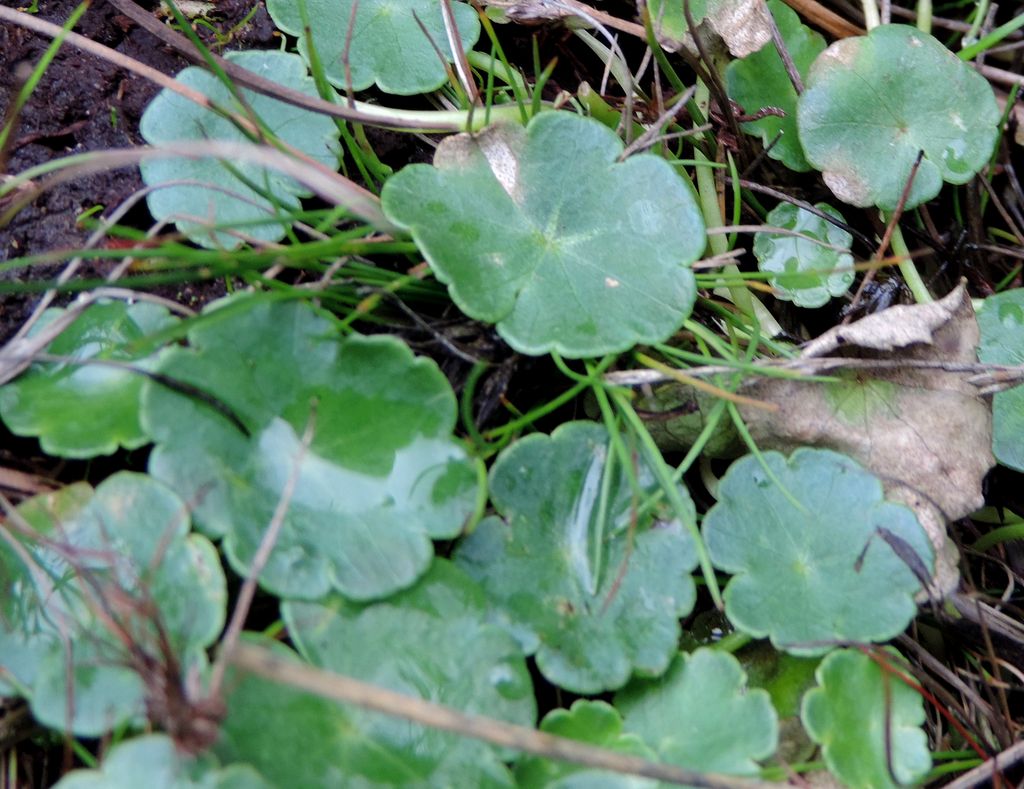
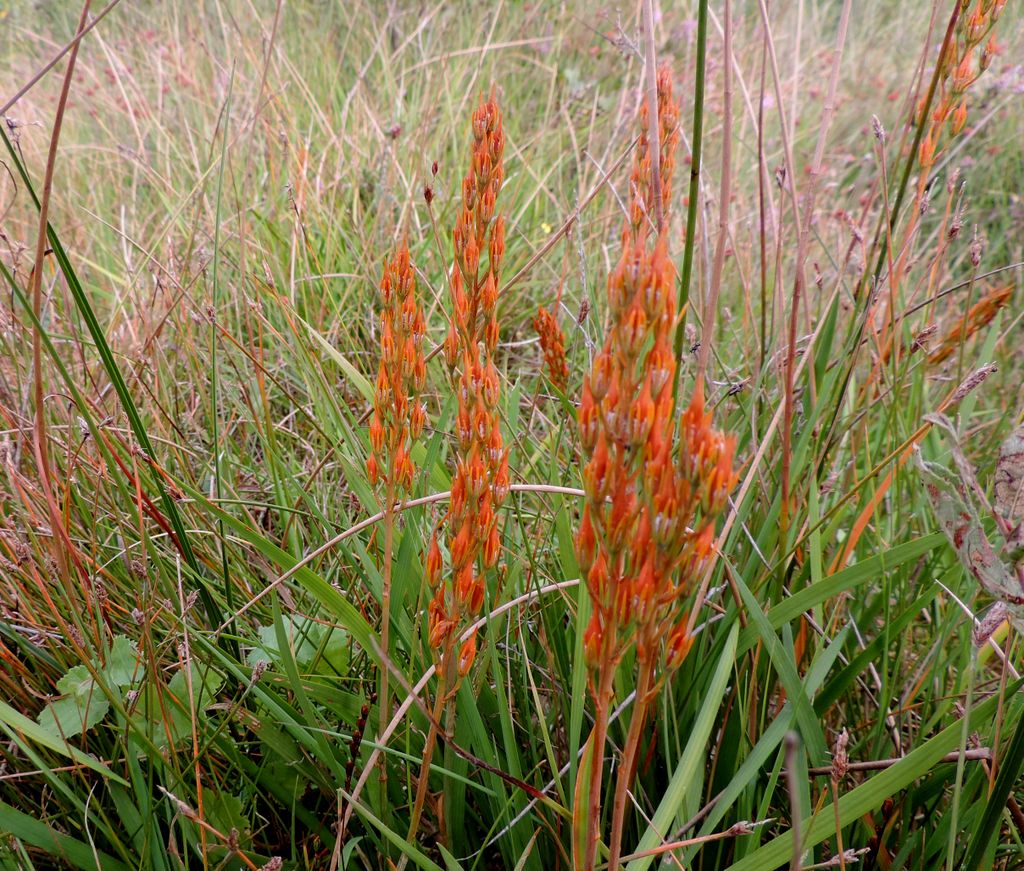
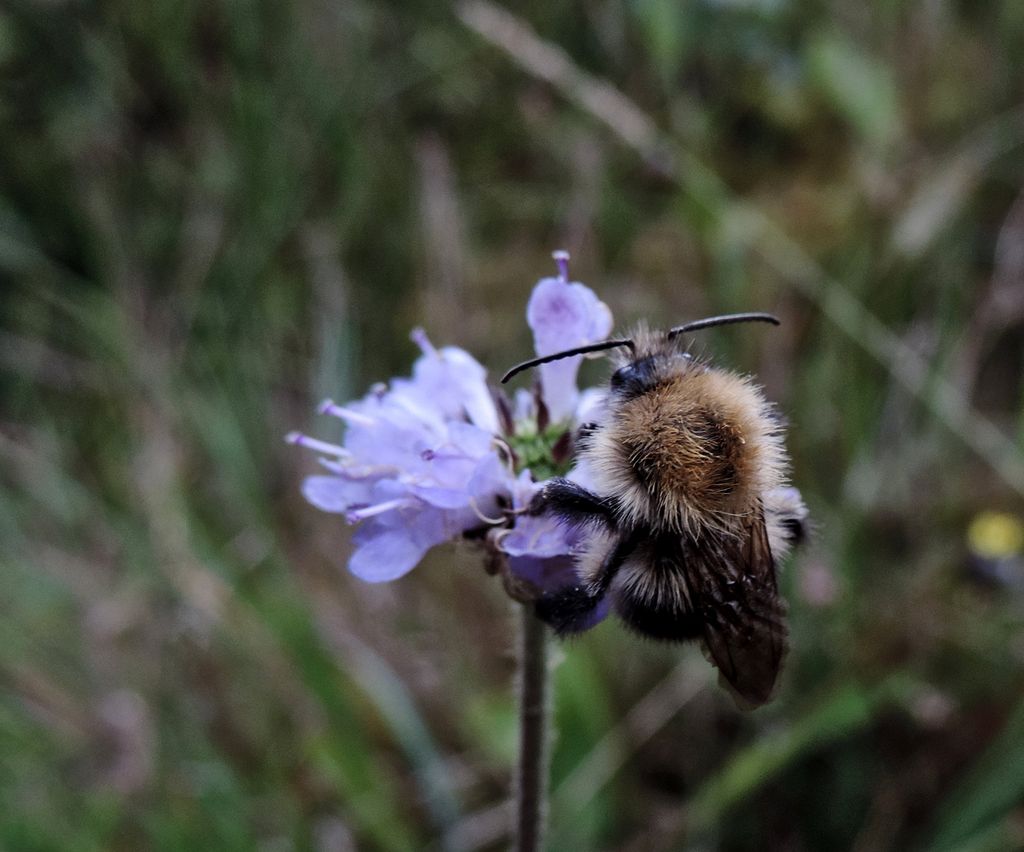
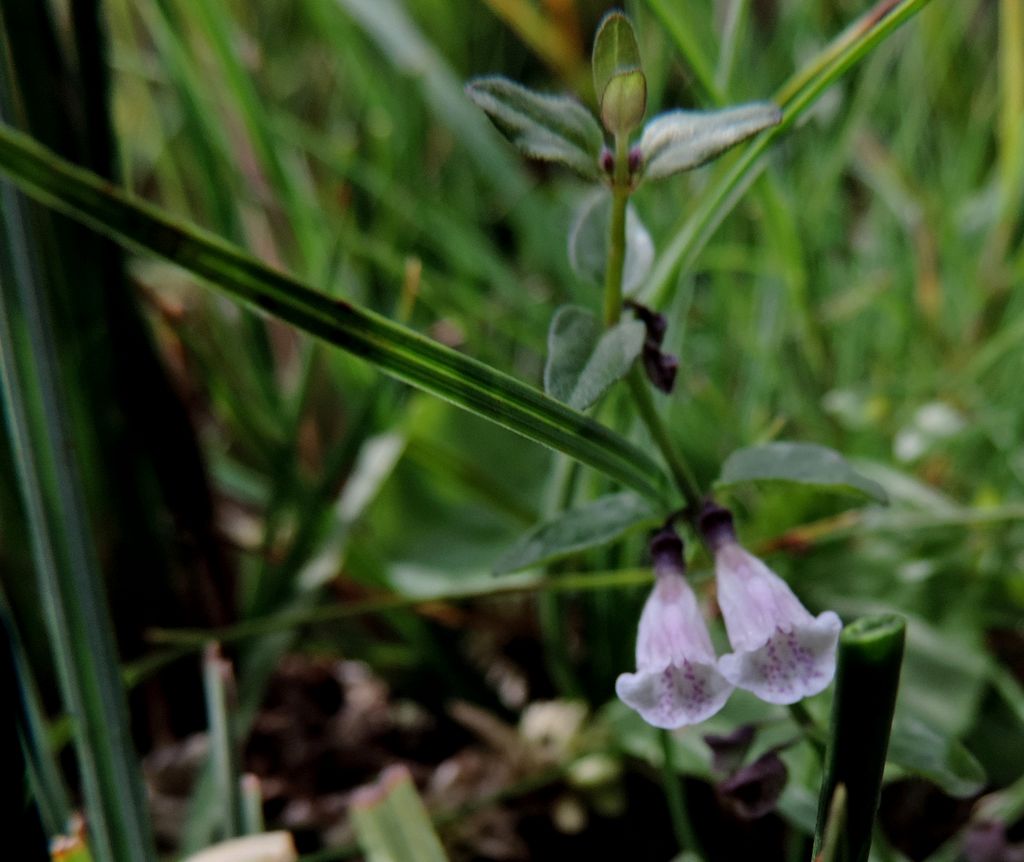
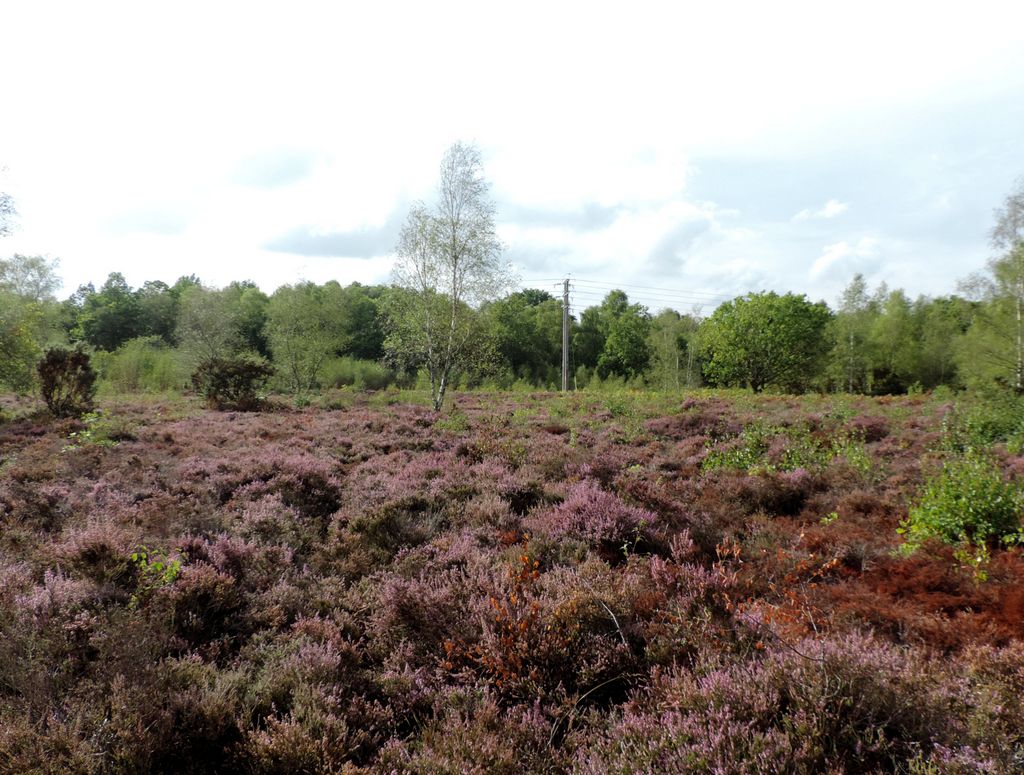
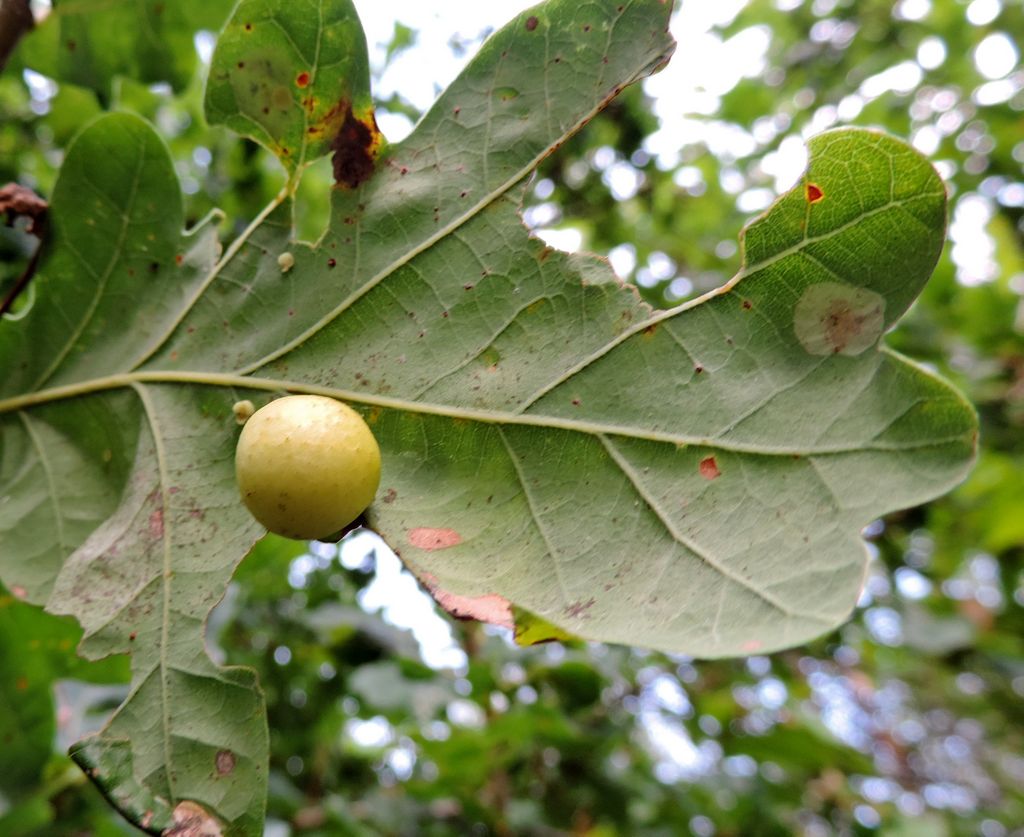
Pictures by Rob Stallard
